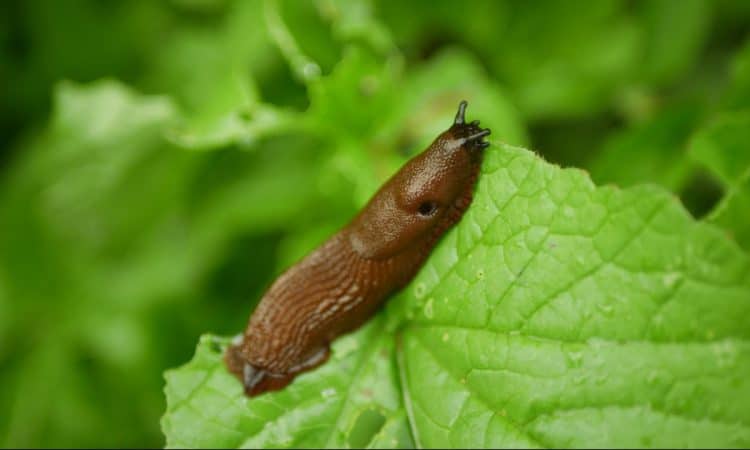
Iberian forest snails, or killer snails as they are also known, are something we really want to get rid of.
The problem with this particular species is twofold: One problem many garden owners around the country are familiar with is that massive populations of Iberian slugs can completely destroy both vegetable gardens and ornamental plants.
The other problem is that they can also upset the balance of our ecosystems by displacing, among other things, native black slugs.
There are many tips for dealing with unwanted snails, and some are more effective than others.
However, that doesn’t change the fact that any effective methods are not necessarily legal – and this applies to one of the most common tips.
Salt and lime are not allowed
According to the Protection Agency, both hydrated lime and salt are mentioned as pesticides against slugs because both dry out slugs.
However, these products are not authorized slug control agents and therefore should not be used.
In addition, lime changes the acidity of the soil and therefore the living conditions of plants and animals on the site. Salt has the same negative effects. It binds in the soil and is toxic to both plants and animals, including garden pests.
What you should do instead
Snails are most active when it is wet, so they come to the surface when there is high humidity, such as in the evening when there is dew. It is therefore easiest to find them in the evening or morning, as they are also highly active about 1-1.5 hours after sunrise.
Depending on your temperament, you can plan to collect snails in the morning, evening or perhaps on a rainy day.
You can also create these wet “collection points” by laying out old boards, bags, wet newspapers, or large leaves for snails to hide under. You can make these collection points more attractive to snails by putting some bait there.
Rotten fruit, soaked dry dog and cat food, other strong-smelling foods, and dead relatives can be used as bait.
However, be aware that such baits may attract snails from neighboring gardens.

